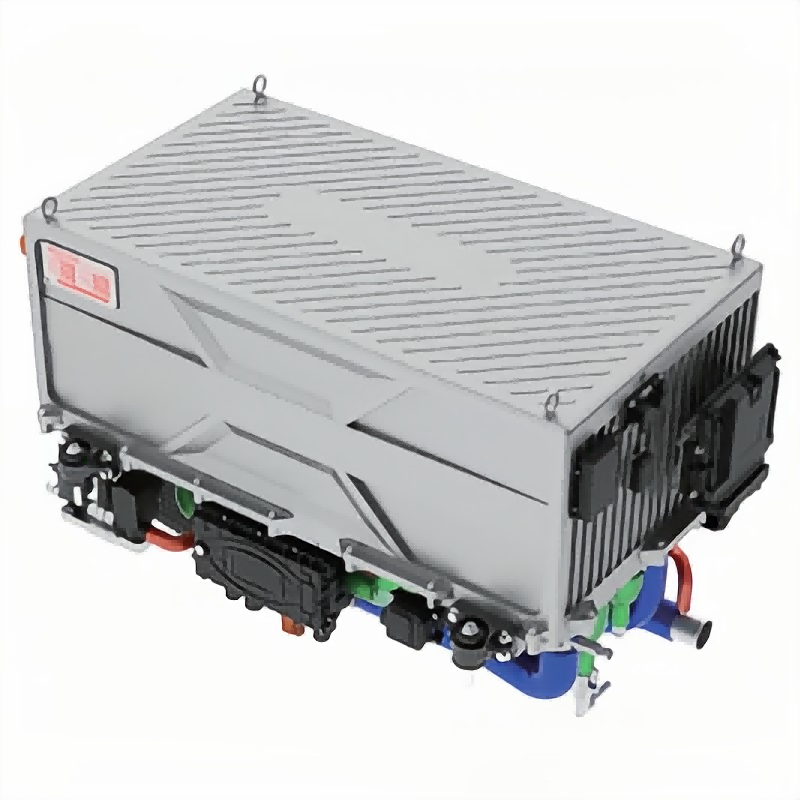Components of a hydrogen fuel cell stack
2023-10-16
A hydrogen fuel cell stack, often simply referred to as a fuel cell stack, is the core component of a hydrogen fuel cell system. It consists of multiple individual fuel cells that work together to convert hydrogen and oxygen into electricity through an electrochemical reaction.
Here are the key features and components of a hydrogen fuel cell stack:
1. Proton Exchange Membrane (PEM): The fuel cell stack is typically based on the proton exchange membrane (PEM) technology. PEM fuel cells use a solid polymer membrane as an electrolyte, typically made of a thin layer of polymer electrolyte membrane material. The PEM allows protons to pass through it while blocking the flow of electrons.
2. Membrane Electrode Assemblies (MEA): The MEA is the heart of each individual fuel cell within the stack. It consists of the PEM sandwiched between two electrodes: the anode and the cathode. The anode is where the hydrogen gas is supplied and undergoes electrochemical oxidation, while the cathode receives oxygen or air and undergoes electrochemical reduction.
3. Bipolar Plates: Bipolar plates are used to distribute reactant gases (hydrogen and oxygen) to the individual fuel cells within the stack and collect the electrical current generated. They are typically made of lightweight and corrosion-resistant materials such as graphite or metal composites. Bipolar plates also provide structural support and help manage the flow of reactant gases and cooling fluids.
4. Gas Diffusion Layers (GDL): Gas diffusion layers are porous materials placed on either side of the electrode in each fuel cell. They facilitate the even distribution of reactant gases across the electrode surface and help remove water produced during the electrochemical reaction.
5. End Plates and Seals: The fuel cell stack is enclosed by end plates that provide structural support, gas and coolant flow channels, and connections for electrical wiring. Sealing materials are used to prevent gas leakage and maintain the separation between the reactant gases and the coolant.
6. Cooling and Thermal Management: Fuel cell stacks generate heat during operation, requiring an effective cooling system to maintain optimal operating temperatures. Cooling channels are incorporated into the stack design, and coolant flows through them to dissipate heat.
7. Stack Control and Monitoring: Fuel cell stacks are controlled and monitored by a dedicated system that regulates the supply of hydrogen and oxygen, adjusts operating conditions, and ensures safe and efficient operation. This control system also monitors stack performance and diagnostics.
Fuel cell stacks can be scaled up or down to meet the power requirements of various applications, from small portable devices to large-scale power generation systems. Multiple fuel cell stacks can be combined in parallel or series configurations to achieve higher power outputs.
Hydrogen fuel cell stacks are clean and efficient energy conversion devices, producing electricity with only water as a byproduct. They are widely used in applications such as electric vehicles, backup power systems, stationary power generation, and more, offering a promising alternative to traditional combustion-based technologies.



